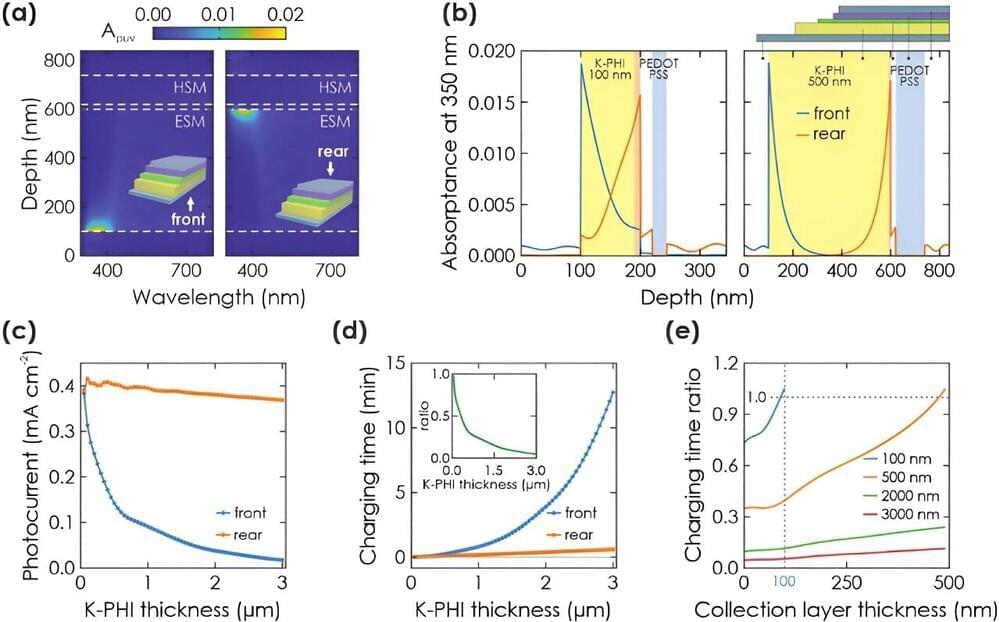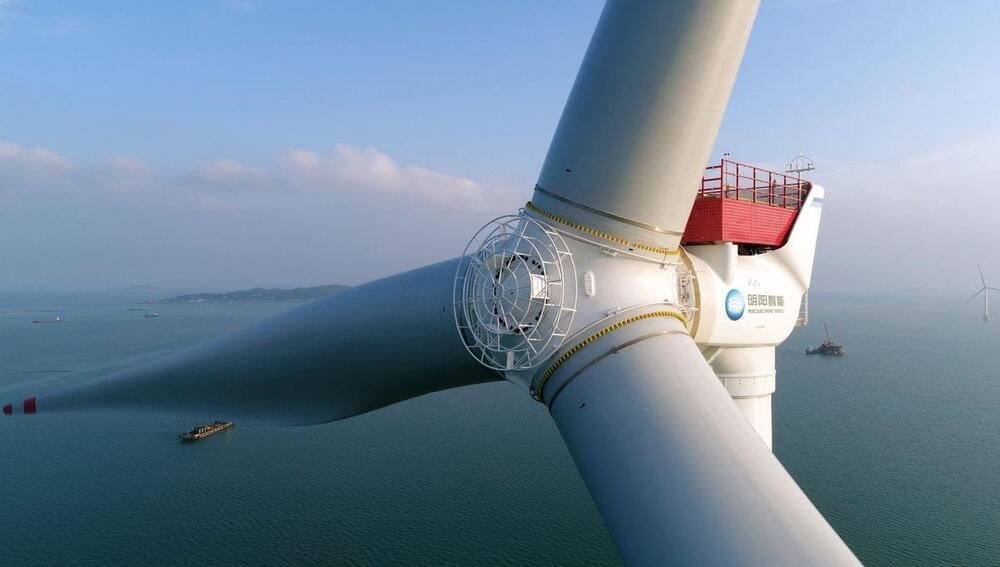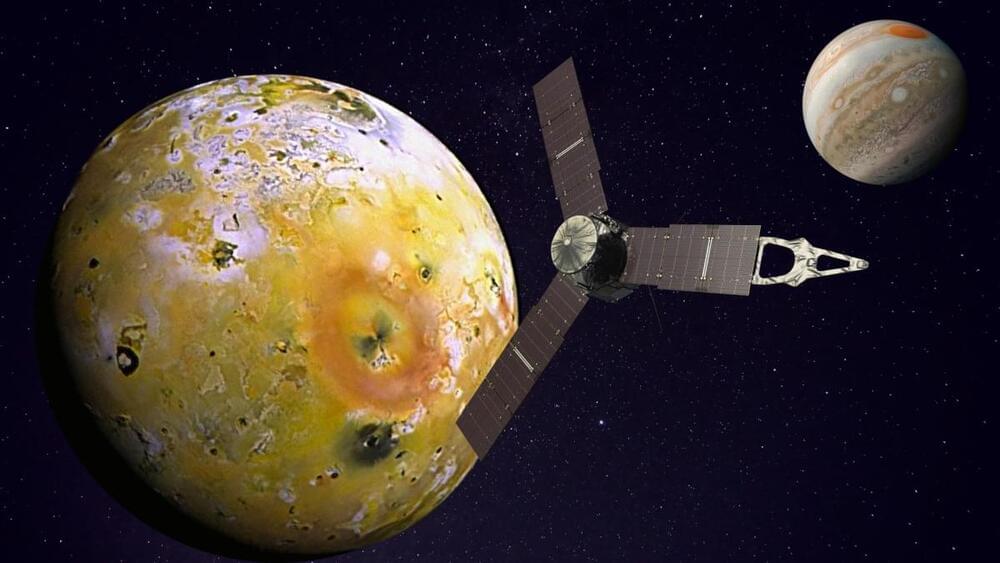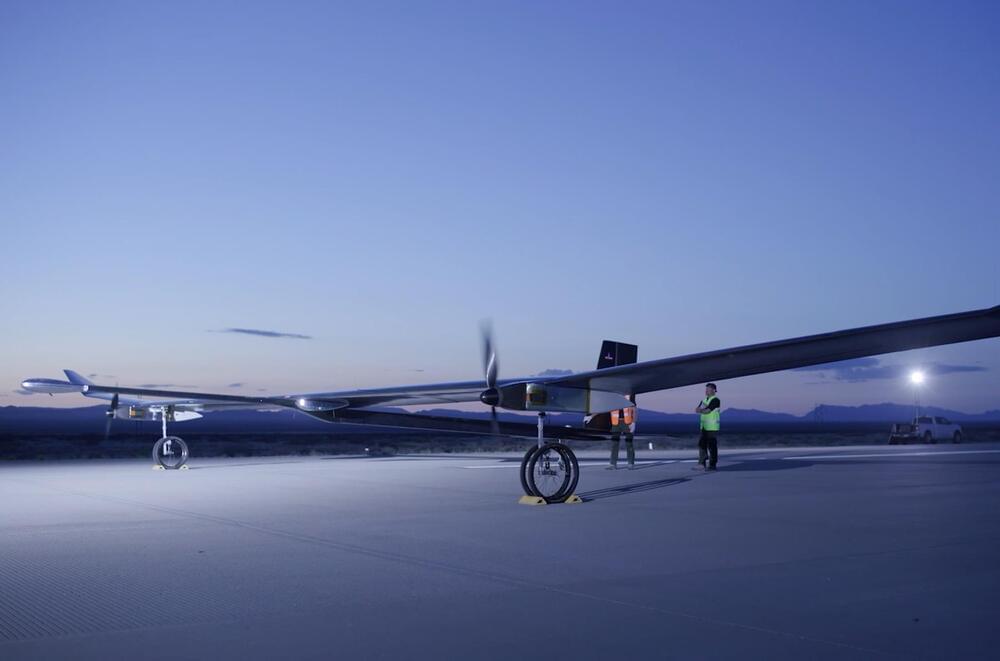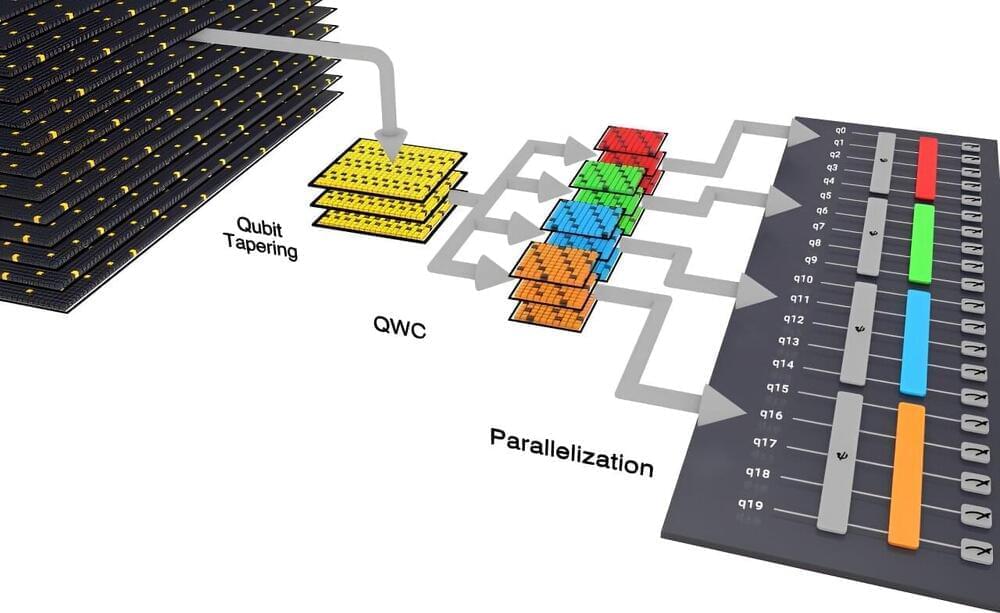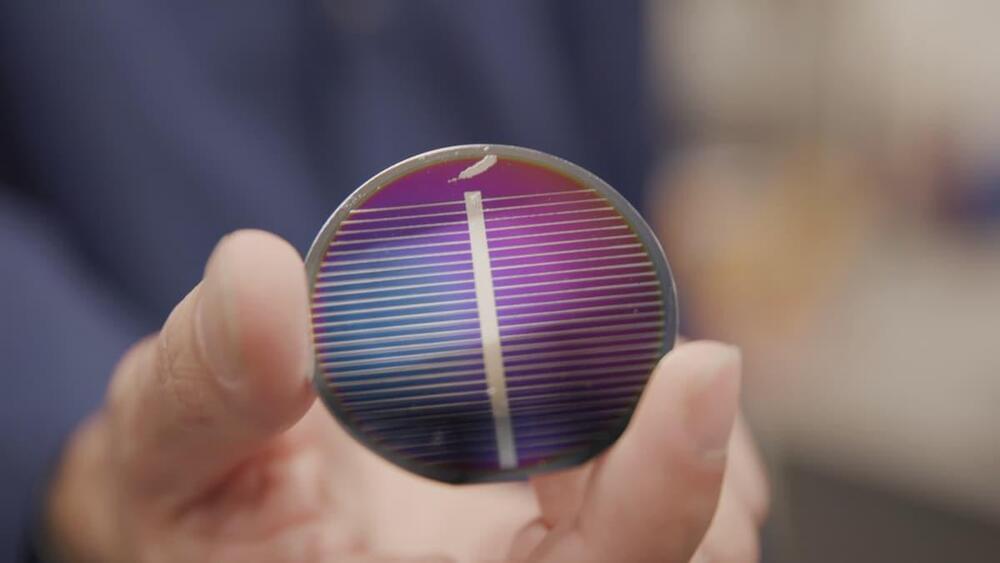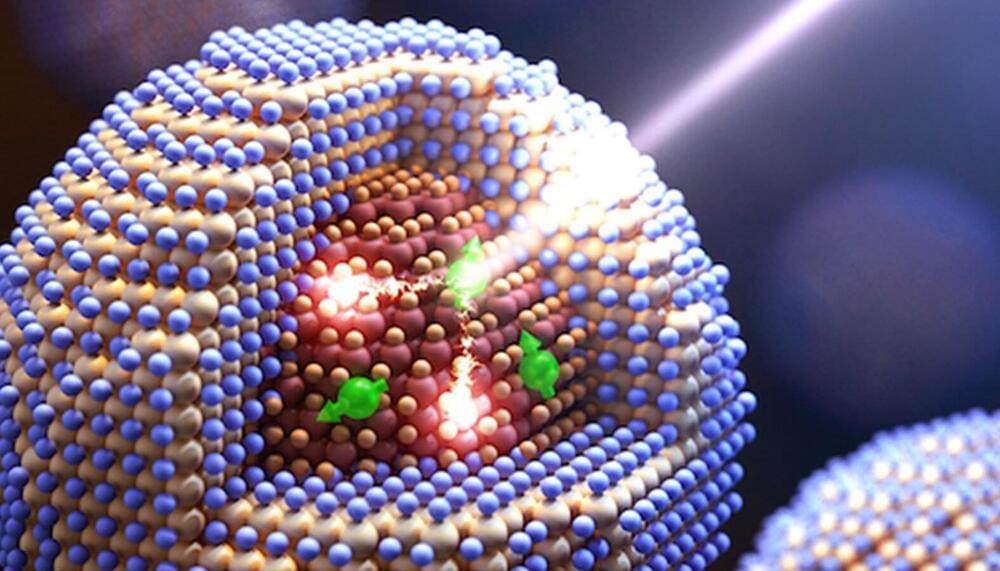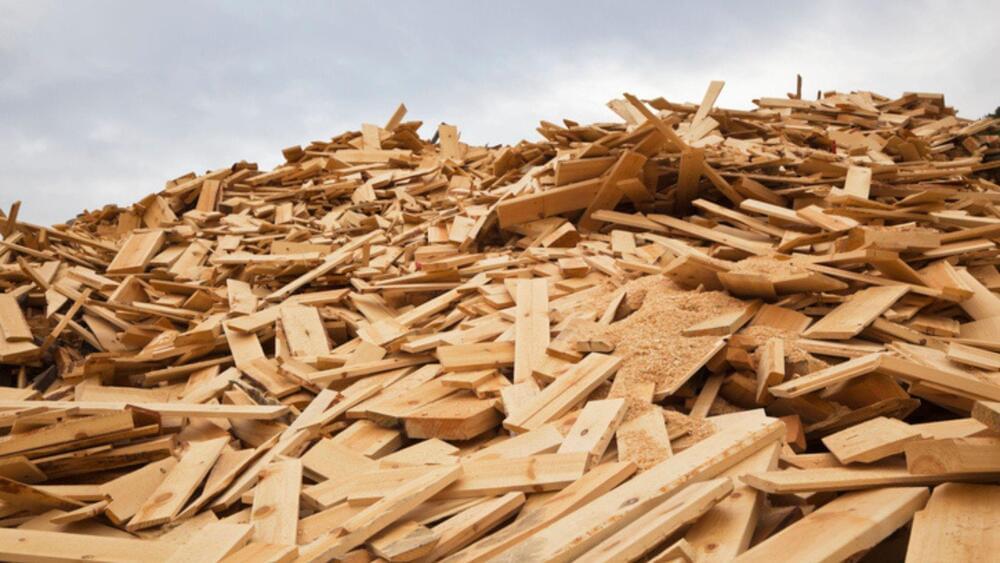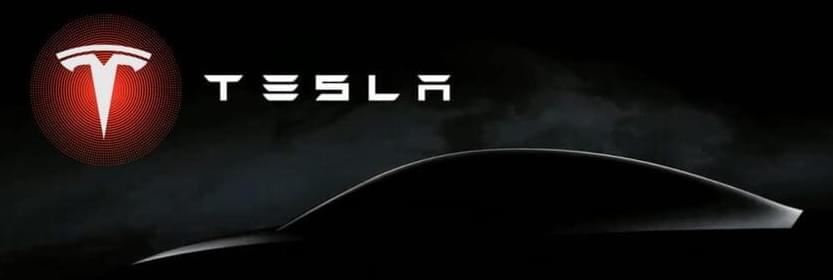Jul 29, 2023
Solar batteries: A new material makes it possible to simultaneously absorb light and store energy
Posted by Arthur Brown in categories: solar power, sustainability
A collaborative effort between the University of Cordoba and the Max Planck Institute for Solid State Research (Germany) is making progress on the design of a solar battery made from an abundant, non-toxic and easily synthesized material composed of 2D carbon nitride. The work is published in the journal Advanced Energy Materials.
Solar energy is booming. The improvement of solar technology’s capacity to capture as much light as possible, convert it into energy and make it available to meet energy needs is key in the ecological transition towards a more sustainable use of energy sources.
In the process between the collection of light by the solar cell and the on-demand use of energy by household appliances, for example, storage plays a crucial role since the availability of solar energy has an inherent intermittency.
